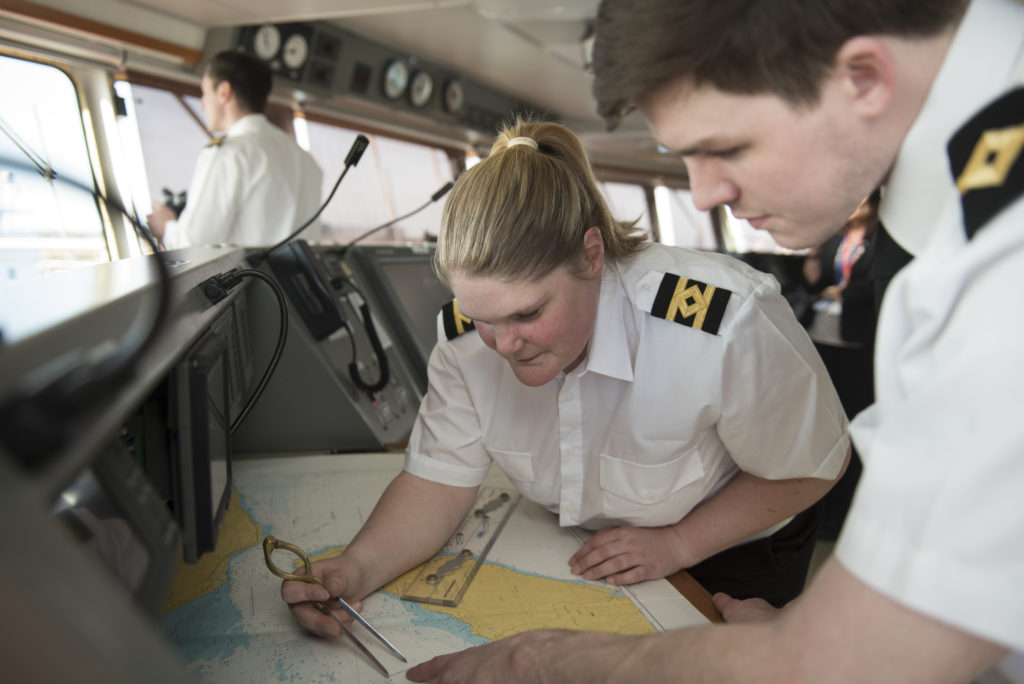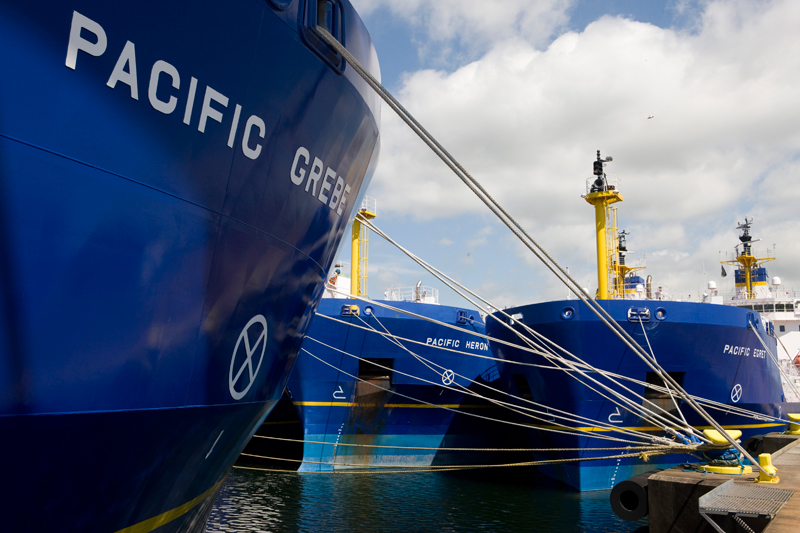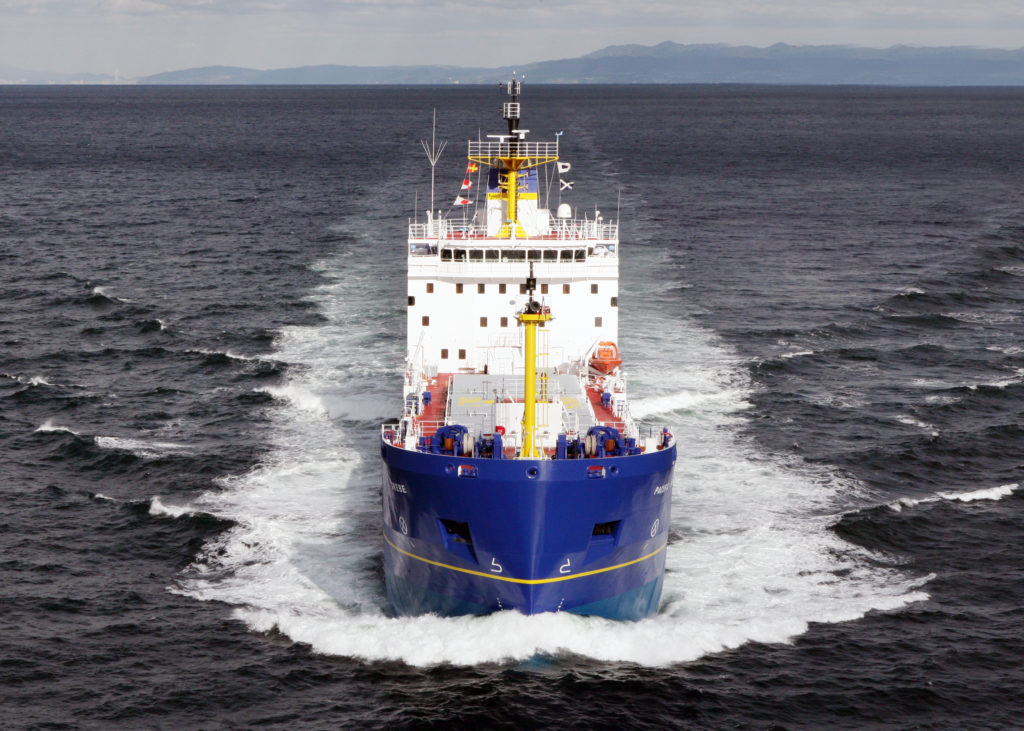Environment
Since PNTL was established in 1975 our vessels have sailed millions of miles around the world.
That means we have a responsibility to minimise our impact on the environment.
We take this responsibility seriously. Our purpose-built ships are the most advanced cargo vessels in operation, but we’re not complacent and we continuously look for ways to improve the sustainability of our shipping operations; instead of waiting for regulations to come into force we proactively make changes that will make our operations more environmentally sustainable.
We’re working tirelessly to improve our carbon footprint and reduce our fuel usage. Transportation is heavily reliant on fuel, and shipping in particular is one of the areas we’re working to improve our fuel consumption and CO2 output.
This year, we’ve been working on ways to sail differently to use less fuel and reduce our exhaust emissions.
We’ve done this in a number of ways:
- Allowing sufficient time for economic steaming in the voyage plan
- Strategic weather routing by the ship’s Master using currents, tidal streams and weather windows
- Speed adjusted to suit estimated time of arrival
- Single engine operations utilised where possible (the ships are dual engine)
On a voyage earlier this year we were able to put all of these techniques into practice and save over 14 percent of fuel used and 19 percent in CO2 emissions in comparison to our estimates. This has meant to an overall saving of 918 tonnes of CO2.
This is fantastic news for the environment and also helps reduce our costs as fuel. But we’re not stopping there, we’re looking at new ways we can build on our efforts such as rigid sails and also our work when ships are in ports.
At the vessels’ home in Barrow we’ve installed a link to mains power meaning the ships no longer have run their generators. We have also installed an array of solar panels to provide electricity to the site and also charge the new battery powered forklift.
The use of alternative fuels such as Hydrotreated Vegetable Oil (HVO) is also being considered after a successful trial in our rail division.
Environmentally sustainable operations
Some of the steps we have taken to make our operations more environmentally sustainable include:
Fuel type
In advance of the IMO 2020 change in regulations, our vessels already use Ultra low sulphur <0.1% Marine gas oil. This is the cleanest fuel available on the marine market and significantly reduces our greenhouse gas emissions.
Ballast water treatment
The ballast water system on board our vessels is fitted with an IMO approved treatment system that controls the transfer of harmful aquatic organisms and pathogens throughout the ships’ ballast system without the need to use chemicals in the process.
Sea water cooling systems
We use a marine growth preventer system that prevents the growth of marine organisms within our vessels’ cooling systems. This preserves the efficiency of cooling on board the vessels, and prevents damage to systems on board. Once discharged overboard, the hypochlorite we use decomposes to form harmless naturally occurring products.
Sewage treatment
A sewage treatment system is fitted to the ships that’s capable of treating black water (sewage) and grey water (other domestic water) to meet the discharge standards as required by MARPOL (the International Convention for the Prevention of Pollution from Ships).
Garbage disposal and recycling
Solid waste such as plastics, glass, and metal is sorted on board. Our ships are fitted with an incinerator that meets MARPOL requirements. Items that can’t be incinerated are compacted where possible, and then stowed on board for disposal ashore by a licenced contractor.
Oily waste
The ships are fitted with an oily bilge water separator complying with MARPOL requirements. The separator consists of a high-speed centrifuge which reduces the oil content of the water to a minimum. This ensures that only uncontaminated water is discharged into the sea.
Double hull
For safety our purpose-built ships are equipped with double hulls giving them an extremely high level of survivability in the event of a collision, and greater protection to our specialist cargos and fuel oil.
Bunker fuel storage tanks
The latest generation of INF3 vessels have their main fuel storage tanks located inboard of the ship’s outer hull. In the event of the outer hull being breached, the likelihood of fuel oil escaping in to the environment is greatly reduced.
Ozone depleting coolants
On board the vessels the fixed firefighting system is of the water mist type, negating the need for ozone depleting gases. Any remaining water contaminated by chemicals such as oil is retained on board for recycling. When in port it is disposed of ashore to an approved reception facility.
Shore power when in Port
When in their home port of Barrow-in-Furness our vessels connect to power from ashore meaning the vessels’ own diesel generators do not need to be used to produce electricity.
Shaft alternators
Each of the two main propeller drive shafts is fitted with a shaft alternator. When the ship is at sea they can be used to generate electricity from excess power from the main engines, meaning we don’t need to use diesel generators to produce electricity.
Painting of the hull
The latest anti fouling paints are used on the ships’ hulls, which are very low in toxicity. The anti fouling paint helps prevent the build-up of marine growth on the hull which would increase drag and reduce efficiency.
Green passport
When our ships were built, they were provided with a Green Passport that contains an inventory of all materials used in the vessel’s construction. This is useful for recycling at the end of the ships working life.
Redundancy in critical systems
Our vessels also have duplication and separation of all the essential systems to provide high reliability and accident survivability. In addition, no tanks or spaces containing oils or other pollutants are positioned directly adjacent to the outer hull to minimise the chances of pollution should the outer hull be ruptured during an incident.


